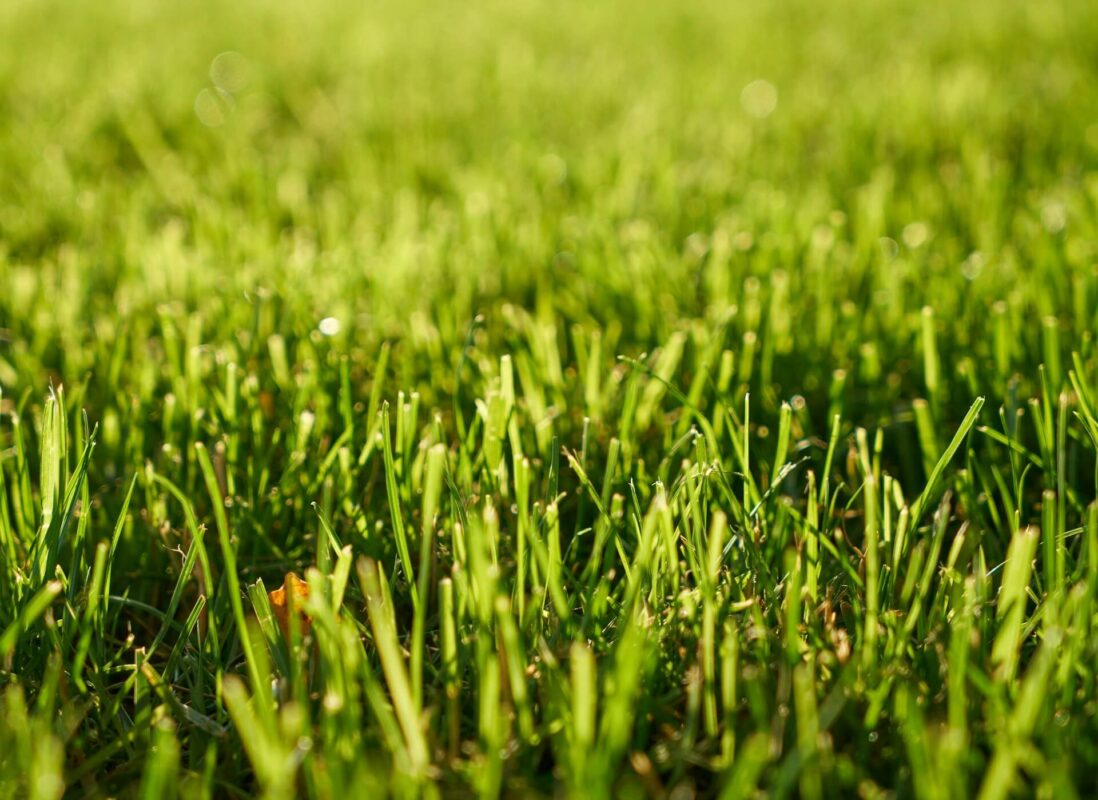Originally maintained as a pasture grass in England, tall fescue now covers over 37 million square acres in the United States. This grass type became popular as farmers and homeowners alike began planting tall fescue blends to create beautiful green lawns.
Read MoreLess
Filter by region
Seed Type
Filter by color
Life Form
Native
- Native 1
- Introduced 2
Shade/Sun
Uses
Top rated products
-
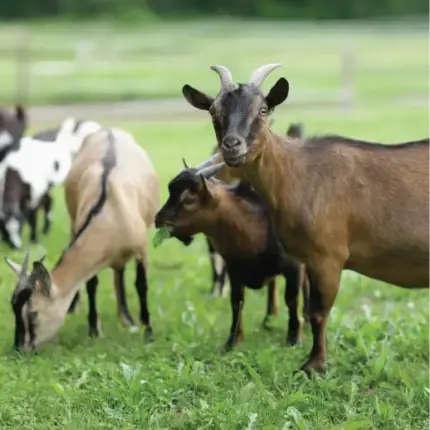 Goat Pasture & Forage Mix - Transitional
$49.99 – $209.99Price range: $49.99 through $209.99
Goat Pasture & Forage Mix - Transitional
$49.99 – $209.99Price range: $49.99 through $209.99
-
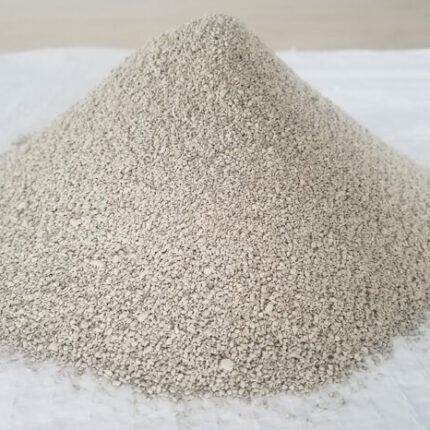 Am 120 Standard Mycorrhizal Inoculant
$74.99
Am 120 Standard Mycorrhizal Inoculant
$74.99
-
 Triblade Elite Bermudagrass Lawn Mix
$119.99 – $499.99Price range: $119.99 through $499.99
Triblade Elite Bermudagrass Lawn Mix
$119.99 – $499.99Price range: $119.99 through $499.99
Showing all 4 results
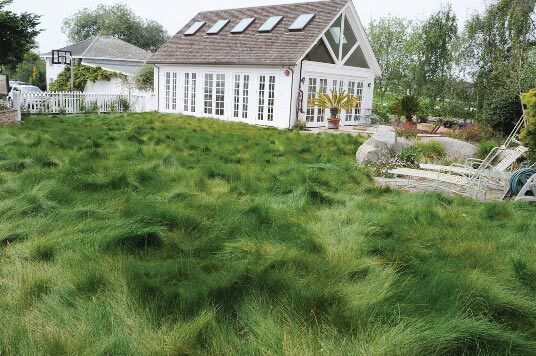
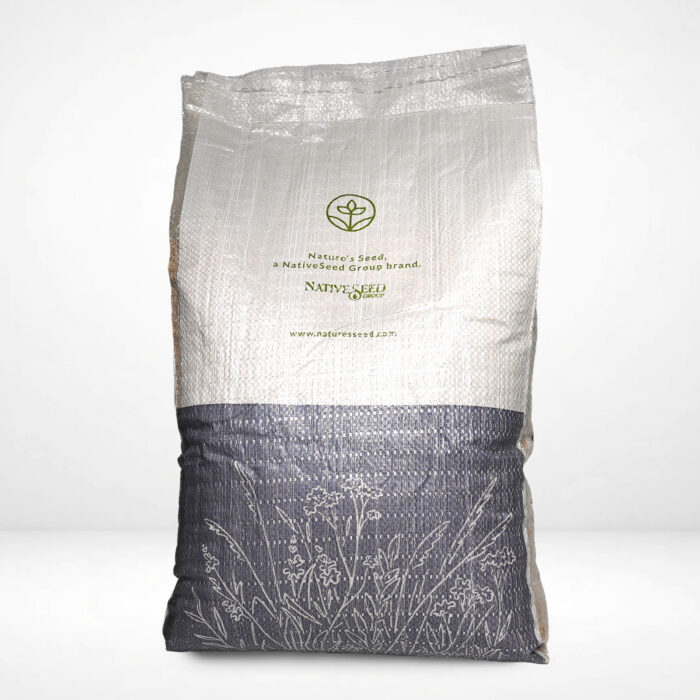
California Native Mow Free Lawn Fescue Mix
(4.7) - 145 reviews
$39.20/lb
Home Lawns; Erosion Control & Slopes; Low-Maintenance / No-Mow / Eco-Lawn; Shade-Friendly
Northern USDA Regions (3-5), Southern USDA Regions (8-10), Transitional USDA Regions (6-8)
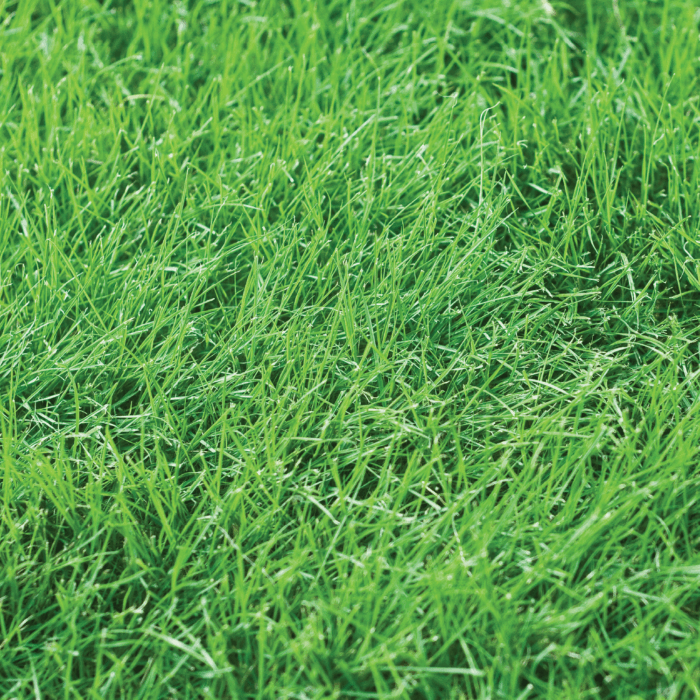
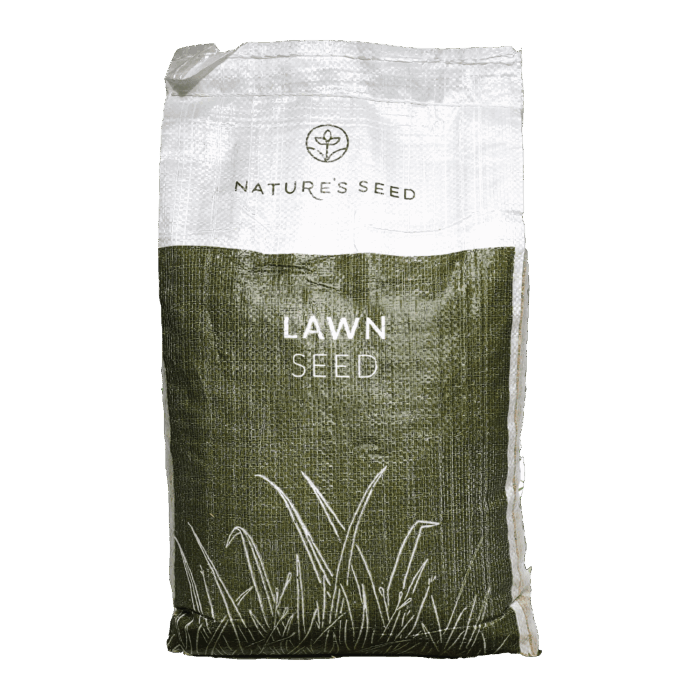
Fine Fescue Low Water & Maintenance Turf Mix
(4.7) - 145 reviews
$39.99
5 Lb - 1,000 Sq. FtHome Lawns; Parks & Public Spaces; Golf (Fairways & Roughs); Erosion Control & Slopes; Low-Maintenance / No-Mow / Eco-Lawn; Water-Conscious / Drought-Tolerant
Northern USDA Regions (3-5), Transitional USDA Regions (6-8)


Sheep Fescue Grass
(4.7) - 145 reviews
$8.99/lb
Lawn Alternative, Ornamental Grass, Erosion Control
Northern USDA Regions (3-5), Southern USDA Regions (8-10), Transitional USDA Regions (6-8)
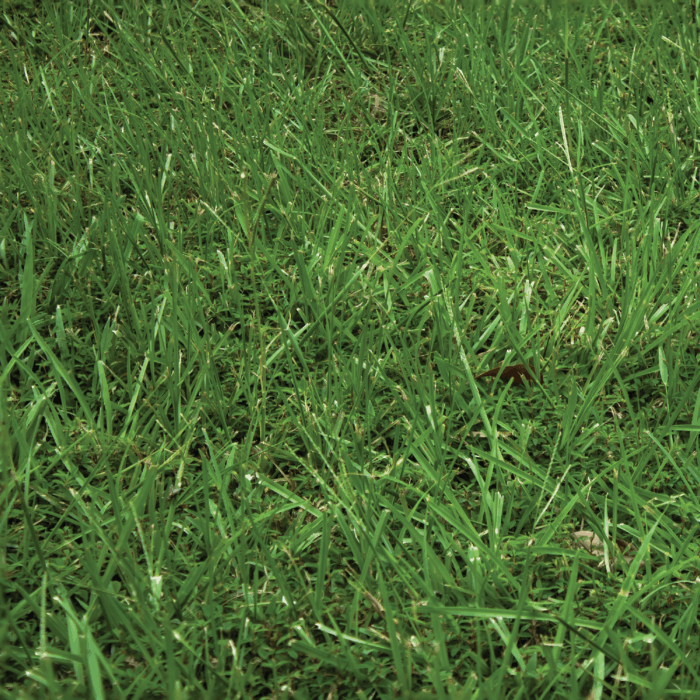
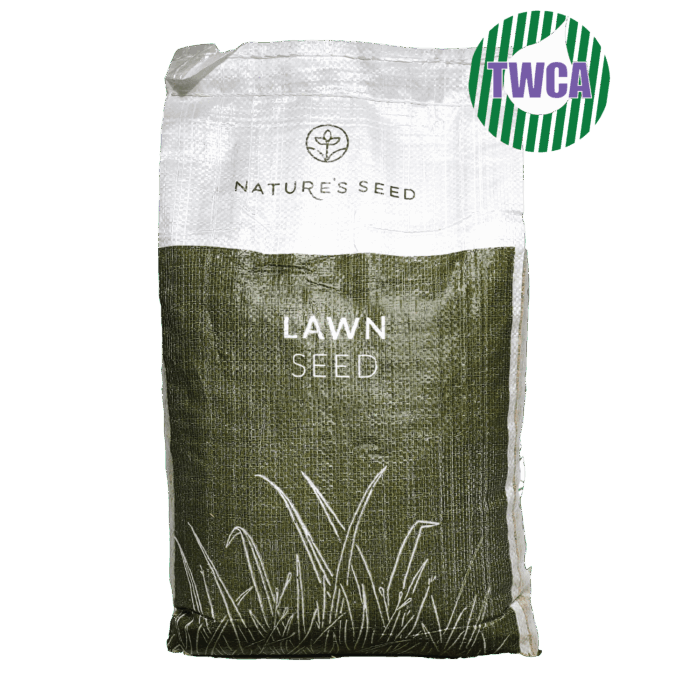
Triblade Elite Fescue Lawn Mix | TWCA Certified
(4.7) - 145 reviews
$39.99
5 Lb - 1,000 Sq. FtHome Lawns; Sports Turf; Parks & Public Spaces; Erosion Control & Slopes; Pet & Play Areas; High-Traffic
Northern USDA Regions (3-5), Transitional USDA Regions (6-8)
Fescue
Fescue Grass
As you prepare to plant your seeds, here are some things you should know about fescue grass:
| Cool-season grass | - It grows well in northern regions and shaded areas |
| Drought-tolerant | - Fescue requires little water maintenance and upkeep |
| Dethatching | - It rarely needs dethatching |
| Browning | - Fescues are some of the most heat-tolerant cool-season grasses |
| Overseeding | - Can be paired with other cool-season species |
Fescue
Different Types of Fescue Grass
There are two main types of fescue (tall and fine) that create five different varieties overall: turf-type tall fescue, sheep, creeping red, chewings, and hard.
Turf-Type Tall Fescue
Turf-type is the most commonly planted tall fescue grass because of its durability and low water needs. It is heat-, drought-, and shade-tolerant which helps it grow in nearly all weather conditions.
This cool-season grass species is in parks, lawns, and sports fields. It’s a great grass for these locations since it requires little maintenance and can handle high-traffic areas.
Growing Conditions
The best time to plant tall fescue lawns is during the fall and spring since these months usually are cooler and the influx of rain helps the seedlings germinate.
Germination usually happens in 10-15 days. After that, allow the seeds to grow for a couple of weeks before you try to mow your lawn.
Once it’s grown and is ready to mow, set your mower to 2” -3” during the cooler months and 3” -4” during the hot, dry months to prevent burning.
Tall fescue may go dormant (i.e., turns brown) to preserve the plant’s energy during periods of heat and drought.
Main Benefit of Turf-Type Tall Fescue
The biggest benefit of using turf-type tall fescue is that you’ll have minimal maintenance and care, besides regularly mowing your lawn.
Sheep fescue is a dark green grass that naturally bunches. It is hearty and can outlive other cool-season grasses. In large groupings, sheep fescue sometimes has a slight grey or blue tint depending on the variety and combination.
Growing Conditions
Given its durability and strength, sheep fescue grows well in various conditions.
As sheep fescue goes dormant in hot weather, you may find weeds sprouting in between bunches.
Ensure you get rid of the weeds before the cooler months come around. Otherwise, they will kill your healthy sheep fescue.
You can mow your fescue lawn shorter than tall fescues–2” all year round.
Sheep Fescue (Fine)
Sheep fescue is the first of four fine fescue seed varieties on this list. Fine fescue differs from tall fescue in that it has a much thinner blade, excels in shaded areas, and has a wild “meadow” look when unmowed.
Main Benefit of Sheep Fescue
Sheep fescue is the preferred seed for erosion control in the fescue family. Because it grows well and establishes strong, deep roots, it keeps soil in its place and preserves the look and health of your lawn.
Creeping Red Fescue (Fine)
Creeping red fescue is excellent fine fescue for sod. Its quick-establishing roots use rhizomes to spread along the ground, giving it the creeping moniker in its name.
Although the dominant color is dark green, the tips of some blades have a natural red color, giving it the name red fescue.
Growing Conditions
Although the previous fescue seeds do well in shaded areas, creeping red fescue thrives in shaded regions.
Creeping red fescue grows faster than tall fescue and other fine fescue grasses, making it a great seed to blend with since it can hold the soil down and give other grasses time to germinate.
It’s essential to overseed with creeping red fescue because it is the first kind of fescue to go dormant, since its roots stay near the surface.
Main Benefit of Creeping Red Fescue
The main benefit of creeping red fescue is its outstanding shade tolerance and sod-forming habit. This makes it ideal for growing under trees or as a cabin grass in a forested area.
Chewings fescue is a bit more fragile than other fescues, so it’s not the best choice for high-traffic areas. However, chewings fescue grows well on sandy, poor-quality soils.
Growing Conditions
When it comes to growing conditions, chewings fescue shares many of the same traits as the other fine fescues. It can handle poor soils, shade, and occasional drought.
Chewings Fescue (Fine)
Chewings fescue is similar to creeping red fescue, except it does not creep, meaning that it doesn’t have rhizomes, and it grows upright, unlike other fine fescues.
Main Benefit of Chewings Fescue (Fine)
One of the main benefits of chewings fescue is that you can mow your lawn shorter (1.5”) than other fescues, meaning you’ll have more time between mows. Or you can leave chewings fescue unmowed for a more natural meadow-like look.
Hard Fescue (Fine)
Hard fescue is a thin-bladed grass that grows slowly and requires little maintenance. It has a beautiful blue-green coloring similar to Kentucky Bluegrass.
This type of fine fescue is more heat tolerant than the other fine varieties. It also happens to be more salt, drought, and disease tolerant. Additionally, hard fescue quickly grows in poor soils (like sand) or under heavy shade.
Growing Conditions
When you plant hard fescue, you want to give it time to germinate, so limit foot traffic and harsh conditions. The germination process usually takes 10-15 days, but there is hardly any maintenance once it roots.
All you need for hard fescue is the occasional mowing and watering to keep it out of dormancy.
Main Benefit of Hard Fescue (Fine)
The main benefit of hard fescue is the “Set it and forget it” mentality. As long as you give the grass side enough time to germinate, you don’t have much work to do afterward. So, golf courses commonly use hard fescue on their putting greens.
Beautify Your Lawn With a Variety of Fescue Grass Seed
Fescue grass is a highly durable grass that is great for most climates in the United States. Whether you deal with cold or warm temperatures, fescue grass uses its deep root system to find nutrients and water to stay alive.
However, be aware that fescue browns in climates that get extremely hot. And, this grass type requires overseeding every 2-3 years for best results.
Whether you want to plant one type of fescue or use a fescue grass seed blend specifically made for your region, you can find the highest quality seed at Nature’s Seed. Get your seed today and notice the difference in your lawn.
